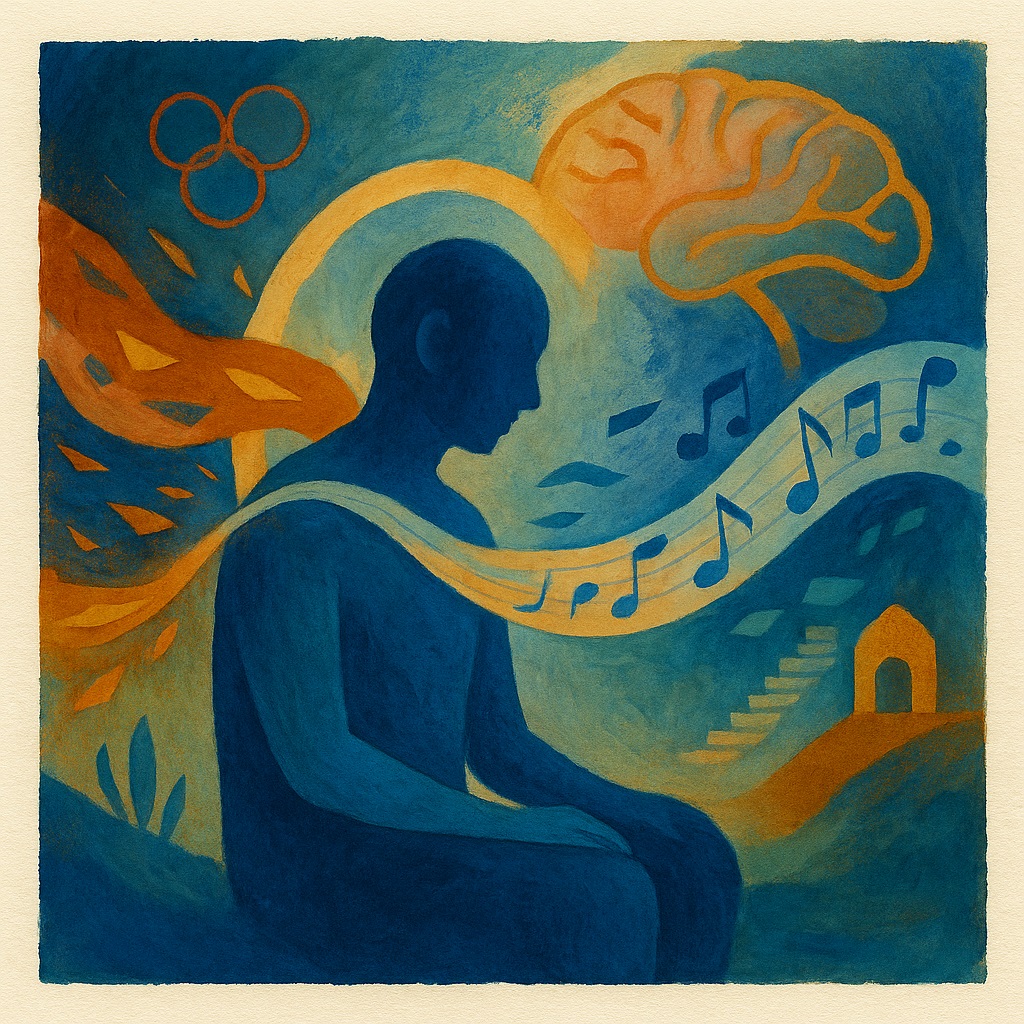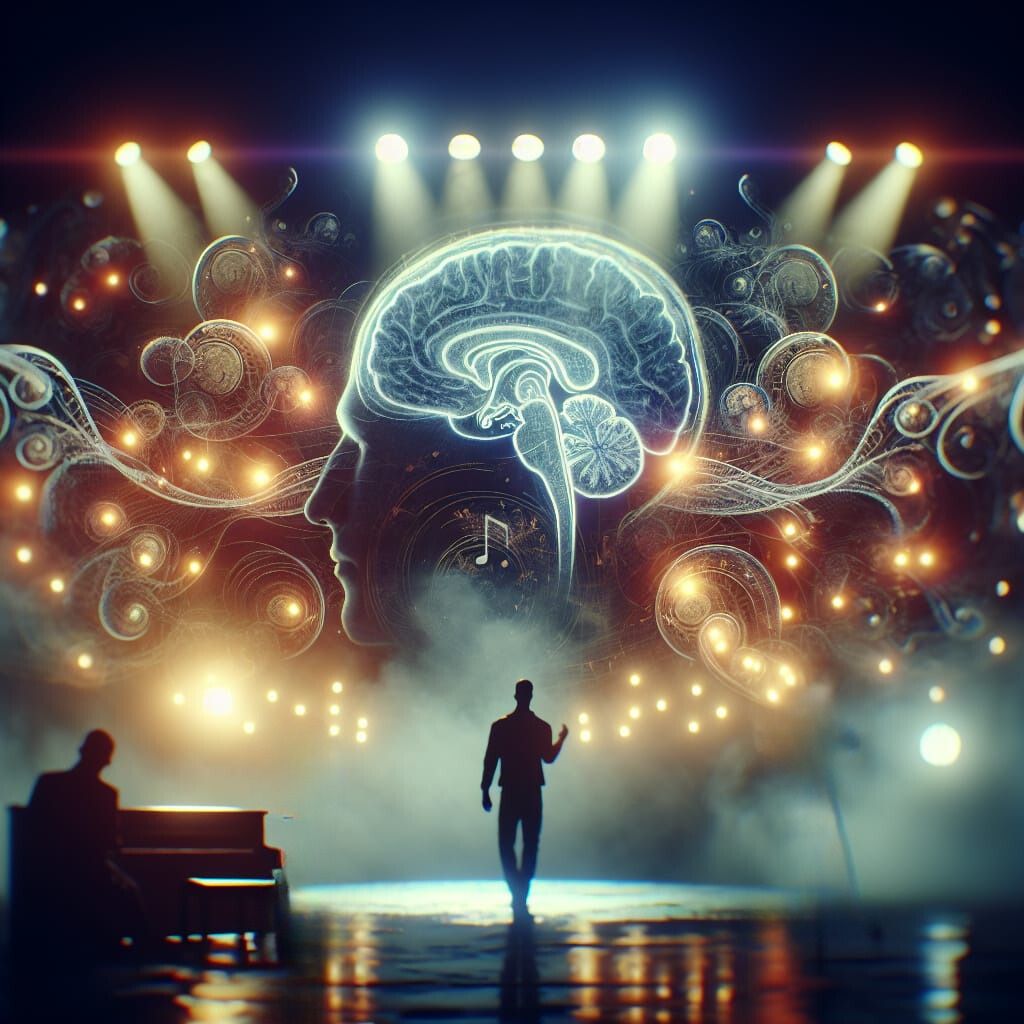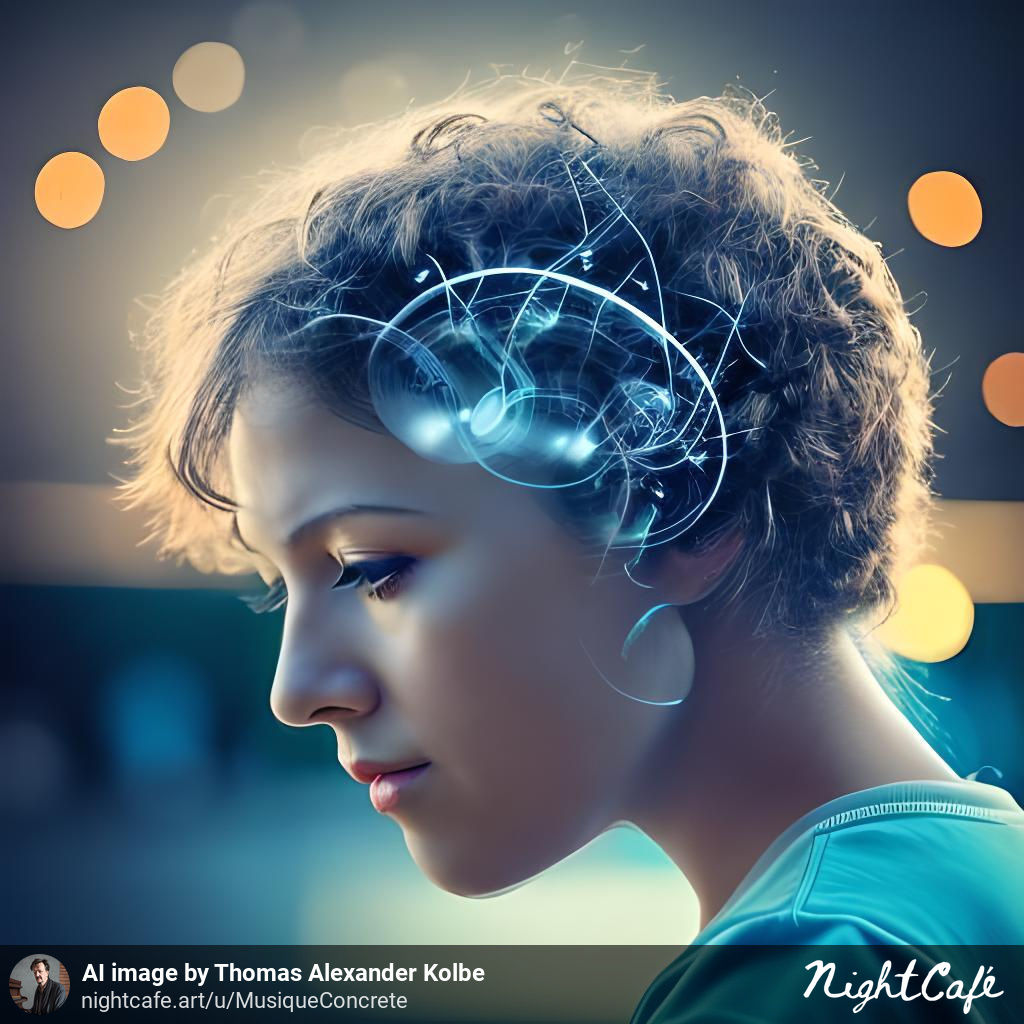Evolutionary Perspectives on Music
Adaptive Significance of Music
Music’s evolutionary origins have been extensively debated, with theories suggesting its adaptive significance in human development. One compelling hypothesis is the group selection theory, which posits that music evolved to enhance group cohesion and cooperative behavior. Research supports this by showing that synchronous activities, such as singing and dancing, increase feelings of social bonding and collective identity. This is evident in modern contexts such as national anthems and team chants, which foster unity and solidarity.
Cross-Species Comparisons
Comparative studies of music perception and production in animals offer insights into the evolutionary roots of musicality. For instance, chimpanzees and bonobos exhibit rhythmic drumming behaviors, while songbirds demonstrate complex vocal learning capabilities similar to human musical training. These behaviors suggest that the cognitive and neural mechanisms underlying music may have deep evolutionary roots shared across species.
Neuroplasticity and the Musical Brain
Structural and Functional Brain Changes
Extensive research has shown that musical training induces significant structural and functional changes in the brain. Studies using diffusion tensor imaging (DTI) have revealed enhanced connectivity in the corpus callosum of musicians, facilitating interhemispheric communication. Additionally, functional MRI (fMRI) studies have shown increased activity in the prefrontal cortex during musical improvisation, highlighting the role of music in enhancing executive functions such as creativity and decision-making.
Music as a Cognitive Enhancer
Music’s ability to enhance cognitive functions extends beyond the auditory domain. For example, a study by Hyde et al. (2009) demonstrated that children who received 15 months of music training showed significant improvements in fine motor skills and auditory discrimination, accompanied by structural brain changes. These findings underscore the potential of music training as a tool for cognitive development and rehabilitation.
Therapeutic Applications of Music
Mechanisms of Music Therapy
Music therapy leverages both psychological and neurological mechanisms to achieve therapeutic outcomes. Neurologically, music activates the mesolimbic pathway, releasing dopamine and providing pleasure and motivation. Psychologically, music therapy facilitates emotional expression and social interaction, which are crucial for mental health.
Efficacy in Clinical Populations
Numerous studies have documented the efficacy of music therapy in various clinical populations. For instance, a meta-analysis by Bradt et al. (2015) found that music therapy significantly reduces pain and anxiety in cancer patients. Similarly, research by Altenmüller et al. (2009) demonstrated that rhythmic auditory stimulation (RAS) improves gait and motor functions in patients with Parkinson’s disease, showcasing the therapeutic power of rhythm in neurological rehabilitation.
Intersection with Artificial Intelligence
AI in Music Composition and Therapy
Artificial intelligence (AI) is revolutionizing music psychology by providing new tools for composition, analysis, and therapy. AI algorithms can analyze large datasets of musical compositions to identify patterns and predict emotional responses. These capabilities are being harnessed to create personalized music therapy interventions tailored to individual emotional and cognitive profiles.
Computational Models of Music Perception
AI-driven computational models are advancing our understanding of music perception. These models simulate human neural processing of musical elements, offering insights into the cognitive mechanisms of music perception. For example, deep learning algorithms have been used to model the hierarchical processing of music, from basic auditory features to complex structures such as harmony and rhythm.
Ethical Considerations
The integration of AI in music raises important ethical questions about creativity and authorship. While AI-generated music can democratize access to musical creativity, it also challenges traditional notions of originality and artistic expression. Ongoing dialogue is necessary to navigate these ethical landscapes and ensure the responsible use of AI in music.
Conclusion
Advancing beyond foundational concepts, the study of music psychology reveals profound insights into the evolutionary origins, cognitive impacts, therapeutic applications, and AI integration of music. By exploring these advanced topics and leveraging cutting-edge research, we can deepen our understanding of music’s multifaceted role in human life. The interdisciplinary nature of music psychology continues to uncover new dimensions of how music influences and enhances cognitive, emotional, and social well-being, paving the way for innovative applications in education, therapy, and beyond.
Significant scientific studies that have contributed to the understanding of various aspects of music psychology
Evolutionary Perspectives
- Hagen, E. H., & Bryant, G. A. (2003). “Music and Dance as a Coalition Signaling System”:
- This study explores the hypothesis that music and dance evolved as a system to signal coalition strength and social cohesion in humans.
- Citation: Hagen, E. H., & Bryant, G. A. (2003). “Music and Dance as a Coalition Signaling System”. Human Nature, 14(1), 21-51. Link
- Merriam, A. P. (1964). “The Anthropology of Music”:
- Merriam’s work provides an extensive review of the role of music in different cultures, supporting theories about the social and communicative functions of music.
- Citation: Merriam, A. P. (1964). “The Anthropology of Music”. Northwestern University Press.
Neuroplasticity and Music
- Hyde, K. L., et al. (2009). “Musical Training Shapes Structural Brain Development”:
- This longitudinal study shows that musical training in children leads to structural changes in the brain, particularly in regions related to motor skills and auditory processing.
- Citation: Hyde, K. L., Lerch, J., Norton, A., Forgeard, M., Winner, E., Evans, A. C., & Schlaug, G. (2009). “Musical Training Shapes Structural Brain Development”. Journal of Neuroscience, 29(10), 3019-3025. Link
- Gaser, C., & Schlaug, G. (2003). “Brain Structures Differ between Musicians and Non-Musicians”:
- This study demonstrates that professional musicians have different brain structures compared to non-musicians, particularly in regions associated with auditory and motor skills.
- Citation: Gaser, C., & Schlaug, G. (2003). “Brain Structures Differ between Musicians and Non-Musicians”. Journal of Neuroscience, 23(27), 9240-9245. Link
Therapeutic Applications of Music
- Bradt, J., Dileo, C., & Potvin, N. (2013). “Music for Stress and Anxiety Reduction in Coronary Heart Disease Patients”:
- This meta-analysis reviews the effects of music interventions on anxiety and stress reduction in patients with coronary heart disease.
- Citation: Bradt, J., Dileo, C., & Potvin, N. (2013). “Music for Stress and Anxiety Reduction in Coronary Heart Disease Patients”. Cochrane Database of Systematic Reviews, (12). Link
- Altenmüller, E., et al. (2009). “Music Therapy for Patients with Parkinson’s Disease”:
- The study evaluates the effectiveness of rhythmic auditory stimulation (RAS) in improving motor functions in Parkinson’s disease patients.
- Citation: Altenmüller, E., Kopiez, R., & Grewe, O. (2009). “Music Therapy for Patients with Parkinson’s Disease”. GMS Health Technology Assessment, 5. Link
Intersection with Artificial Intelligence
- Herremans, D., Chuan, C.-H., & Chew, E. (2017). “A Functional Taxonomy of Music Generation Systems”:
- This paper categorizes various AI systems used in music generation and discusses their applications and implications in music psychology.
- Citation: Herremans, D., Chuan, C.-H., & Chew, E. (2017). “A Functional Taxonomy of Music Generation Systems”. ACM Computing Surveys, 50(5), 69. Link
- Sturm, B. L., et al. (2016). “Music Transcription Modelling and Music Generation by Deep Learning”:
- The study explores the use of deep learning algorithms in music transcription and generation, providing insights into computational models of music perception.
- Citation: Sturm, B. L., Santos, J. F., Ben-Tal, O., & Korshunova, I. (2016). “Music Transcription Modelling and Music Generation by Deep Learning”. Journal of New Music Research, 45(2), 160-183. Link
These studies offer a comprehensive overview of the diverse aspects of music psychology, from evolutionary theories and brain plasticity to therapeutic applications and the integration of artificial intelligence.
Note: Links to scientific studies may change. This is due to updates or the removal of sources. Please let me know if you encounter such a problem. Thank you. My email address is thomasakolbe@icloud.com.





